
Beginner's Guide: How to Attach and Use an eBike Trailer Efficiently
Introduction
eBike trailers are a useful and efficient way to carry cargo, groceries, pets, or gear on your electric bike. They add great value by expanding how much you can carry while making your ride more versatile. This guide explains what eBike trailers are, why you need them, and how to use them safely.
We will show you the main benefits of eBike trailers, the many types you can buy, and the basic steps to attach and take care of your trailer. The sections below give clear instructions from checking if your bike works with a trailer to step-by-step guidance on attaching and loading it properly. We also talk about how to spread out weight, prepare safely for rides, and maintain your trailer to make it last longer.
This guide answers all questions for beginners and bike lovers who want to get the most from their eBikes as a way to move things. It's easy to understand, practical, and based on real experience. By following these steps, you'll feel sure about safely attaching and using an eBike trailer, making your rides fun while keeping your cargo secure.
Understanding eBike Trailers: Benefits and Types
eBike trailers are smart add-ons that let you carry extra loads while cycling. They attach to the back of your eBike and help you move bulky items without losing efficiency or safety.
What Is an eBike Trailer?
An eBike trailer is a tool made to connect to the back of an electric bike. It's often used to carry groceries, camping stuff, or even pets. These trailers are light but strong, with features that help handle extra weight without hurting your bike.
Benefits of Using an eBike Trailer
eBike trailers offer many advantages. They give you more space for cargo, make your bike more useful, and improve stability when loaded right. Users like that a trailer can carry large or heavy things that wouldn't fit on a normal bike rack. By taking weight off the bike itself, trailers help keep balance and make riding better overall.
-
More cargo space
-
Better versatility for errands and trips
-
Better riding through good weight balance
For more info, check out Bicycling's Comprehensive Electric Bike Guide.
Types and Features
There are several types of eBike trailers, each made for different needs.
-
Cargo Trailers: Built for heavy or big items, with strong frames and higher weight limits.
-
Pet Trailers: Made with pet safety in mind, with comfy insides, weather protection, and secure harness systems.
-
Utility Trailers: Flexible design for many uses including tools, groceries, or sports gear.
Key things to look for include weight capacity, easy attachment, durability, and if it works with your eBike model. Here's a helpful comparison:
| Trailer Type | Weight Capacity | Key Feature | Ideal For |
| Cargo Trailer | 150-200 lbs | Robust, heavy-duty design | Groceries, gear, tools |
| Pet Trailer | 100-150 lbs | Safety harness and weather protection | Pet transportation |
| Utility Trailer | 120-170 lbs | Versatile attachment system | Mixed cargo, everyday use |
Understanding these details will help you pick a trailer that fits your riding and carrying needs.
Preparing Your eBike for a Trailer
Before adding a trailer, you must make sure your eBike is ready and safe to handle extra weight. This section tells you how to check compatibility, get the right equipment, and do safety checks for a good trailer connection.
Assessing Compatibility
First, confirm that your eBike can work with a trailer. Look for strong mounting points on the frame and rear rack. Check your bike's structure, thinking about frame design and how weight will be spread out. Some models might need stronger attachment areas to handle the extra load. Real experience shows that good mounting points and a strong frame are must-haves for safe trailer use.
Use this compatibility checklist:
-
Make sure your eBike has a place for a hitch or mounting bracket.
-
Look at the frame's strength, especially around the back.
-
Check that your bike can handle the added weight of the trailer.
Essential Equipment and Tools
You need specific tools and parts to attach a trailer.
-
Trailer Hitch: A secure attachment point that works with both your bike and trailer.
-
Racks and Mounting Brackets: Some eBikes need an extra rack or stronger bracket.
-
Basic Tools: Wrenches, screwdrivers, and maybe torque wrenches to tighten bolts correctly.
Get your toolkit ready before you start attaching. This saves time and makes sure you have all parts ready, cutting down on mistakes during setup.
Safety Preparations
Safety is most important when getting an eBike ready for a trailer. Do a full check that includes looking at the attachment hardware, tire pressure, and connector strength. We suggest doing these checks before every ride to prevent accidents from loose bolts or misaligned hitches.
-
Check that all bolts and connectors are tight.
-
Make sure tires are in good shape and properly filled.
-
Confirm that safety features, like reflectors and lights on the trailer, work well.
A detailed list ensures you check everything:
-
Look at trailer hitch connection and bolts.
-
Check tire pressure and condition.
-
Make sure all safety features (lights, reflectors) work.
-
Recheck mounting points for wear or damage.
By taking time with these steps, you greatly lower the risk of problems and ensure smoother rides with your trailer.
How to Attach an eBike Trailer – A Step-by-Step Process
Following a clear process is key to securing your eBike trailer correctly. The steps below cover everything from preparation to final checking, ensuring a stable connection.
Step 1 – Preparation
Start by putting your eBike and trailer on a flat, stable surface. Clear away anything that might get in the way of installation. Place the trailer behind the bike so the hitch lines up with the mounting point on your eBike. This preparation reduces the chance of making mistakes during attachment.
Have all needed tools and parts ready, including your trailer hitch, bolts, and any other mounting hardware. Being well-prepared speeds up the process and lowers the risk of errors. Check the trailer to make sure no parts are damaged or missing before you start.
Step 2 – Attachment Process
Once prepared, follow these steps for secure attachment:
-
Line up the trailer's hitch with the mounting point on your eBike.
-
Put in the hitch pin or connector, making sure it fits snugly in its slot.
-
Secure the pin by using any locking mechanisms or clips.
-
Use a wrench to tighten all bolts or connectors, following the torque specs in the manual.
-
Double-check that the trailer's coupling mechanism is fully engaged with no looseness.
Visual aids like diagrams can help show these steps clearly. Each step should be done carefully, making sure all hardware is properly tightened. This process comes from industry experience, where even small alignment issues can cause instability during rides.
Step 3 – Verification
After attaching everything, you must do thorough checking. Do several short tug tests to make sure the trailer is securely connected.
-
Gently pull on the trailer to test how stable the connection is.
-
Look at the connector for any signs of looseness or bending.
-
Confirm the hitch pin is fully locked and all bolts are tight.
A final visual check is essential. This includes making sure the trailer doesn't swing or shift side-to-side when the eBike moves. Professional experience shows that repeated checks are important; a secure trailer means better ride stability and less chance of problems while moving.

Proper Usage and Load Distribution for Efficient Riding
How you load and use your trailer is crucial for the best performance. This section explains best practices for loading your trailer, securing cargo, and changing how you ride to account for the added weight.
Weight Distribution Essentials
Good weight distribution is the foundation of a smooth ride. Heavy items should go at the bottom of the trailer to keep the center of gravity low. Spreading weight evenly across both sides of the trailer reduces stress on the tires and frame.
-
Put heavier items at the bottom and closer to the axle.
-
Balance the load side to side; uneven cargo can make steering hard.
-
Use compartments or dividers if you have them to help spread the weight evenly.
Here's a table summarizing these loading tips:
| Placement | Reason | Recommended Action |
| Bottom & Center | Lowers center of gravity | Place heavy items here |
| Even on Both Sides | Prevents uneven load and swaying | Divide items equally |
| Secure with Straps | Maintains load stability during motion | Use tie-downs and bungee cords |
Securing Your Cargo
Securing your cargo is just as important as loading it properly. Use strong straps, bungee cords, or tie-downs to keep your items from shifting while moving. Check each cargo area regularly during long rides to make sure nothing has come loose.
-
Use high-quality straps rated for your load weight.
-
Double-check all tie-downs before starting your ride.
-
Add extra cushioning for fragile items if needed.
This step ensures your trailer stays balanced and your cargo is protected from sudden movements. Experience shows that even small load shifts can greatly affect handling, especially on rough roads. Taking time to secure items well reduces accident risk.
Adjusting Riding Technique
Riding with a trailer requires changes to your normal cycling style. The extra weight at the back changes how your bike brakes and steers.
-
Expect longer stopping distances and apply brakes gradually.
-
Take wider turns and slow down on sharp corners.
-
Keep a steady pedaling pace to help maintain balance and control.
Experts suggest practicing in open areas before riding in busy traffic. Getting used to the different handling will ensure a smoother transition and build confidence. For more guidance, see Expert E-Bike Trailer Tips for detailed advice.
Some additional tips:
-
Avoid sudden speed-ups that might make the trailer sway.
-
Keep a steady speed, especially going uphill.
-
Recheck cargo security during long rides.
Following these practices improves ride stability and helps your trailer and eBike last longer.
Maintenance and Safety Tips for eBike Trailers
Regular maintenance is vital to make your eBike trailer last and keep rides safe. Regular checks and minor upkeep can prevent expensive repairs and dangerous problems on the road.
Routine Inspection Checklist
Riders should do a quick check before each ride. The checklist includes:
-
All bolts and connectors: Make sure they're tight and not rusty.
-
Frame strength: Look for cracks or wear.
-
Hitch and mounting hardware: Confirm the connection is secure with no worn parts.
-
Tire condition: Check that tire pressures match manufacturer recommendations.
Keeping a printed copy of this list with your gear can serve as a reminder to complete all safety steps.
Cleaning and Lubrication
Keeping components clean extends your trailer's life. Regular cleaning, especially after riding in wet or muddy conditions, reduces the risk of rust and problems.
-
Clean the trailer frame with mild soap and water; avoid harsh chemicals.
-
Dry the frame completely with a microfiber towel to prevent moisture damage.
-
Apply good chain and bolt lubricant to moving parts and connectors.
A step-by-step cleaning guide:
-
Rinse the trailer with low-pressure water to remove dirt.
-
Scrub gently with a soft brush and proper cleaner.
-
Dry all surfaces thoroughly.
-
Apply lubricant to key connectors and contact points.
These maintenance practices have been shown to increase trailer lifespan and keep rides safe and efficient.
Troubleshooting Common Issues
Even with careful maintenance, problems may still happen. Common issues include wobbling during rides, hitch misalignment, or bolts loosening over time.
-
If the trailer wobbles, recheck all attachment points and bolts.
-
For ongoing instability, try redistributing the load or upgrading to a stronger hitch system.
-
If a bolt looks rusty or damaged, replace it right away with high-quality parts.
A quick troubleshooting guide:
-
Wobbling Trailer: Retighten bolts and check load balance.
-
Uneven Weight Distribution: Reorganize cargo for better balance.
-
Loose Connectors: Check for wear and replace if needed.
Regular troubleshooting along with maintenance routines ensures your trailer stays safe and reliable on every journey.
Common Mistakes and Troubleshooting
Mistakes when attaching or using an eBike trailer can lead to safety hazards or poor performance. Knowing these common problems is key to successfully managing your trailer setup.
Common Attachment Mistakes
-
Not properly engaging the hitch pin.
-
Failing to tighten bolts to the recommended torque.
-
Ignoring the manufacturer's instructions for mounting hardware.
-
Not aligning the trailer's coupling mechanism correctly with the eBike's mounting point.
These issues can cause unstable rides and possible accidents. The best practice is to always double-check each step against the instructions.
Troubleshooting Ride Instability
When you experience balance or steering issues, try these troubleshooting tips:
-
Stop riding right away if you notice instability.
-
Check the load distribution again and adjust if cargo is unevenly placed.
-
Verify that all connecting bolts and straps are secure.
-
If the problem continues, check the trailer's manual or get professional help.
Additional quick reference points:
-
Verify the trailer is securely attached.
-
Make sure load is even across both sides.
-
Maintain proper tire pressure on the trailer.
-
Regularly inspect the hitch pin and connectors for wear.
These proactive troubleshooting steps, based on expert recommendations, help prevent accidents and ensure a smoother riding experience.
Conclusion and Key Takeaways
This guide has outlined essential steps to safely attach, load, and maintain an eBike trailer. From understanding different types and benefits to performing routine maintenance, every detail has been covered for both beginners and experienced riders.
Using an eBike trailer efficiently depends on proper attachment, load distribution, and regular safety checks. The tips provided—from assessing compatibility, following step-by-step attachment processes, to troubleshooting common problems—will improve your riding experience while ensuring safety.
We encourage you to use these practices on your next ride. Share feedback and more tips with our community. Safe riding and smart cargo management are the keys to an enjoyable eBike experience.
FAQ
-
Q: How much weight can an eBike trailer typically carry?
A: Most eBike trailers can carry between 100-200 pounds, depending on the type. Cargo trailers generally have the highest capacity at 150-200 pounds.
-
Q: Do I need special tools to attach an eBike trailer?
A: Yes, you'll need basic tools like wrenches and screwdrivers, plus specific mounting hardware that usually comes with the trailer.
-
Q: How does using a trailer affect eBike battery life?
A: An eBike trailer can reduce battery range by 20-30% due to added weight and resistance. The impact varies based on load weight and terrain.
-
Q: What safety checks should I perform before each ride with a trailer?
A: Check the hitch connection, tire pressure, secure all bolts, verify safety features (lights/reflectors), and ensure proper cargo distribution.
-
Q: Can I attach a trailer to any eBike model?
A: Not all eBikes are compatible with trailers. Check your bike's frame design, mounting points, and manufacturer specifications for trailer compatibility.



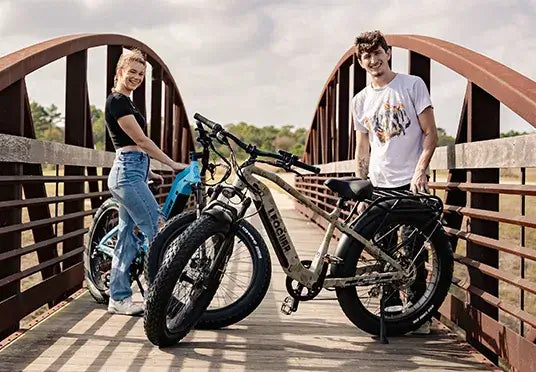
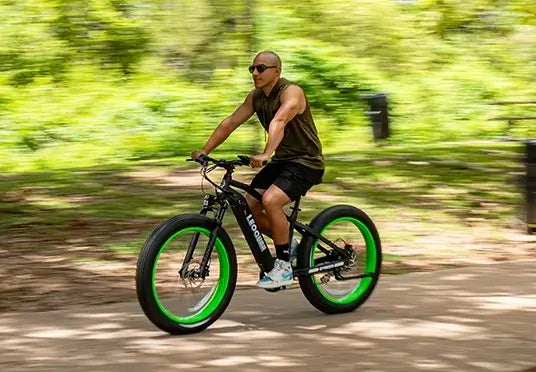
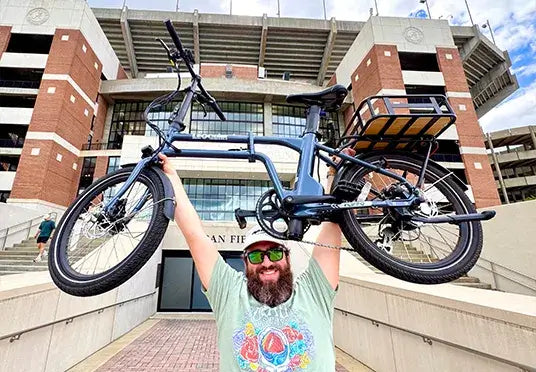
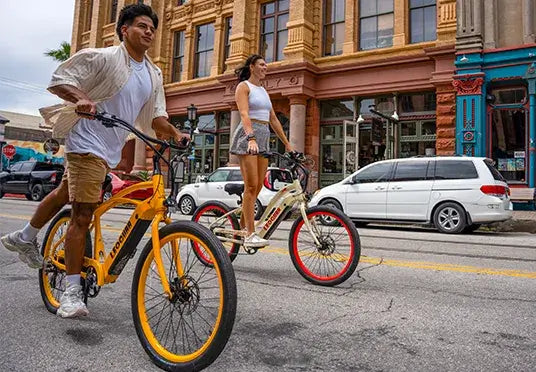
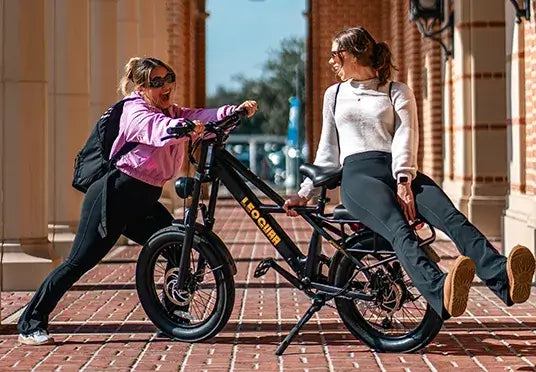
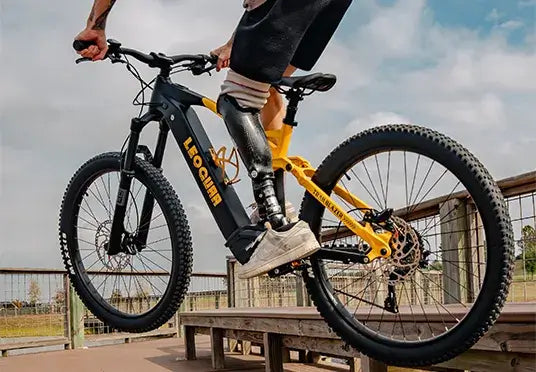

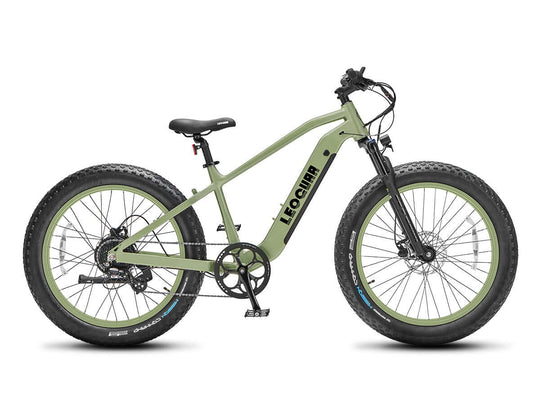
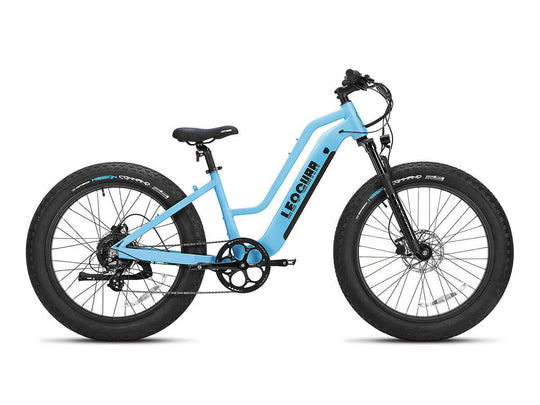
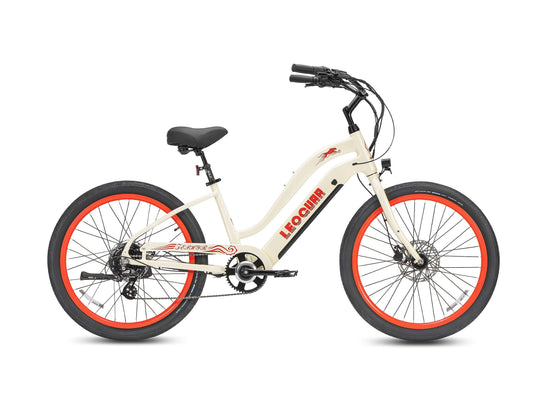
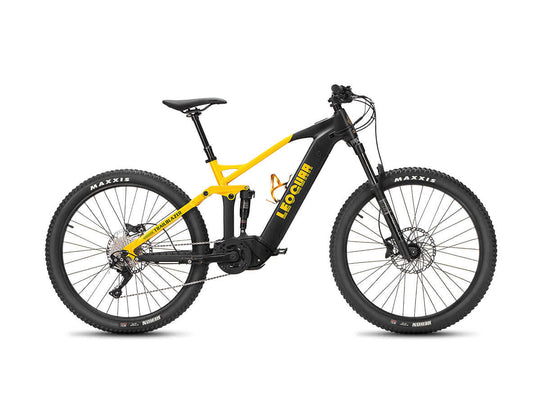
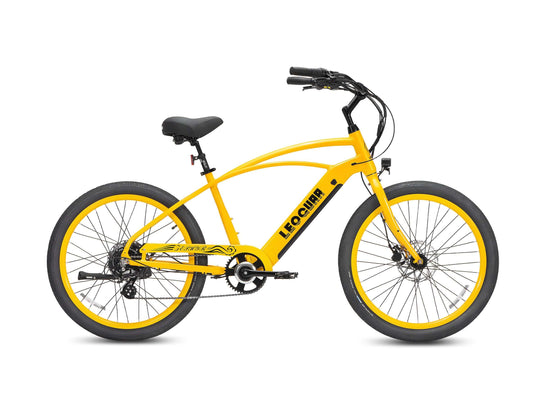
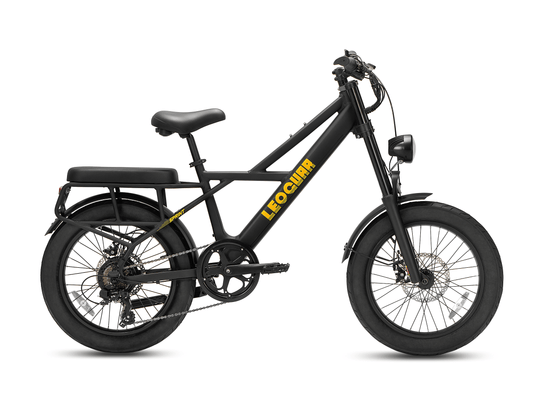

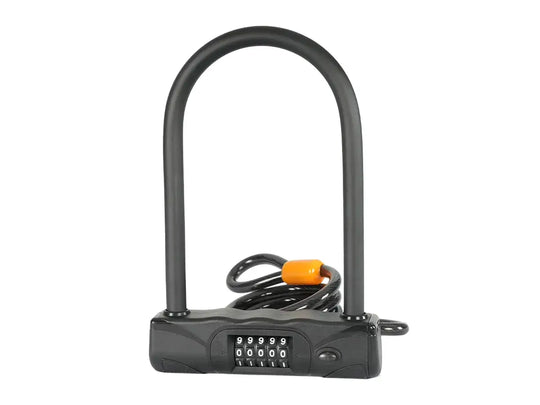
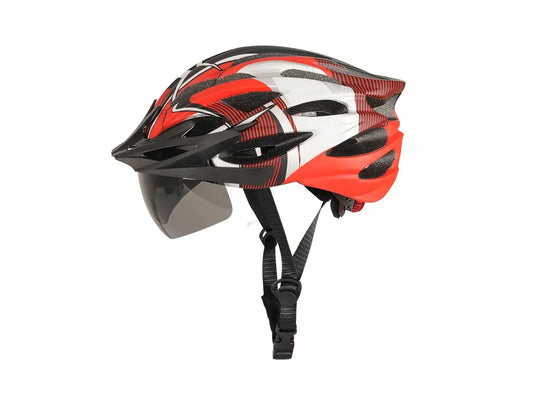
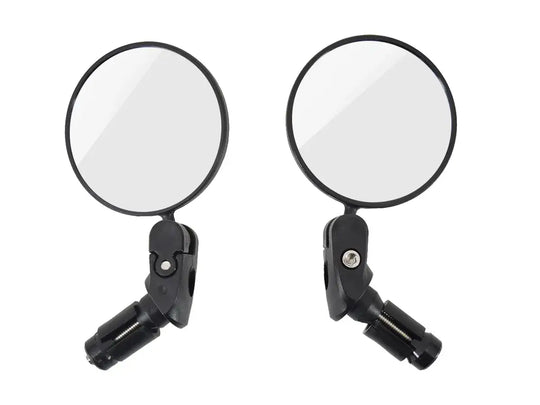

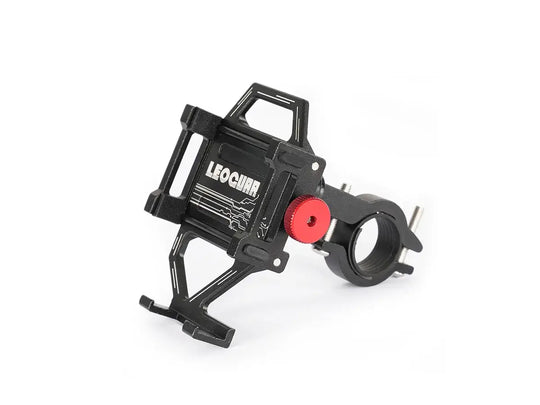
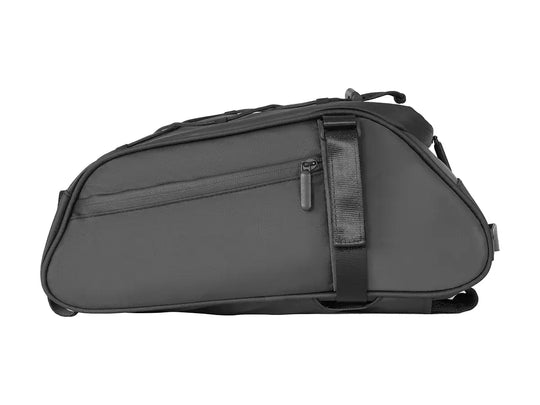
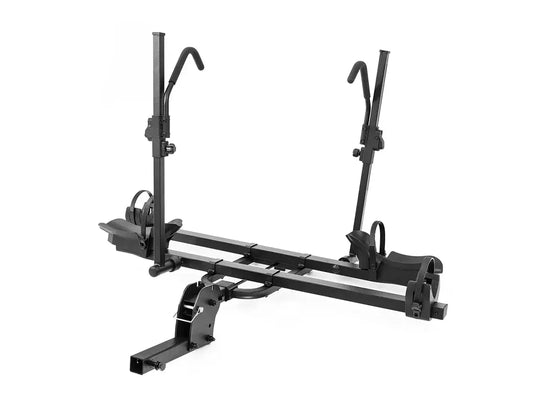
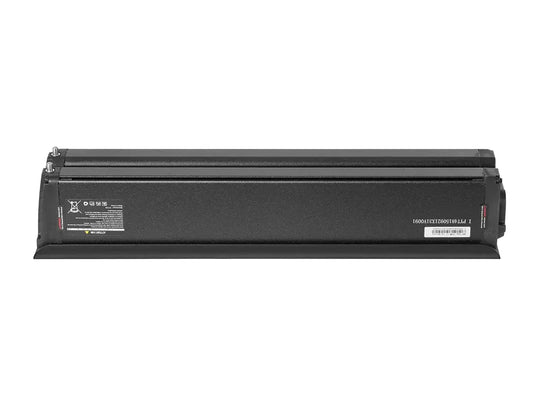
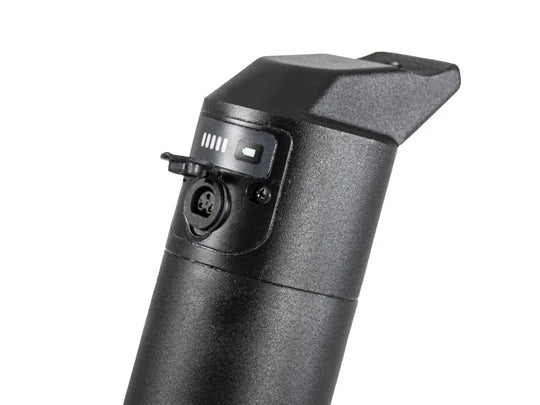
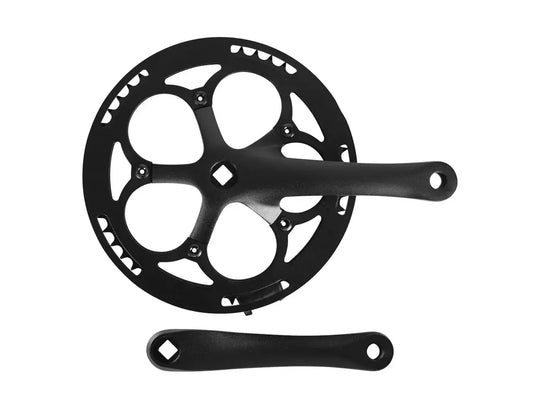
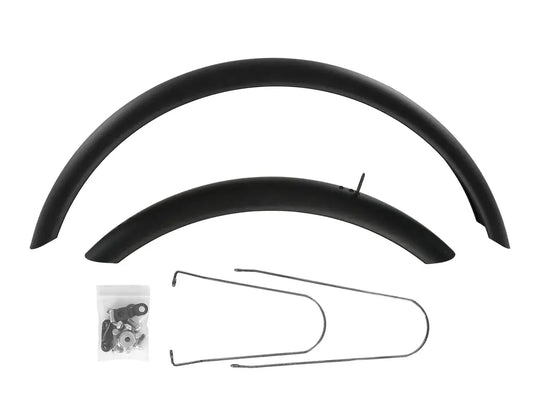
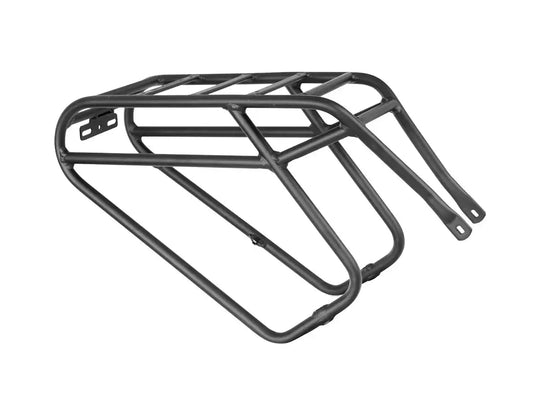
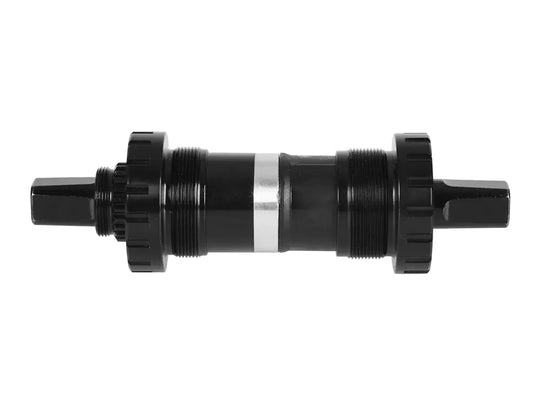
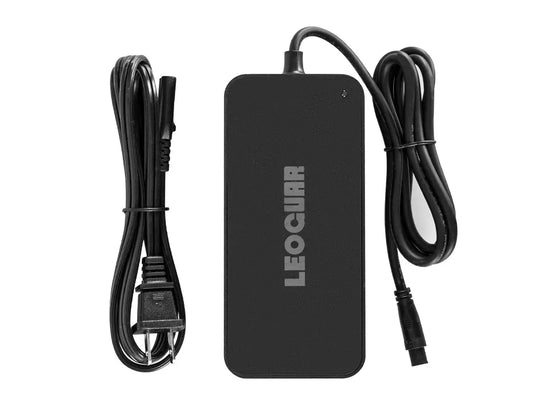
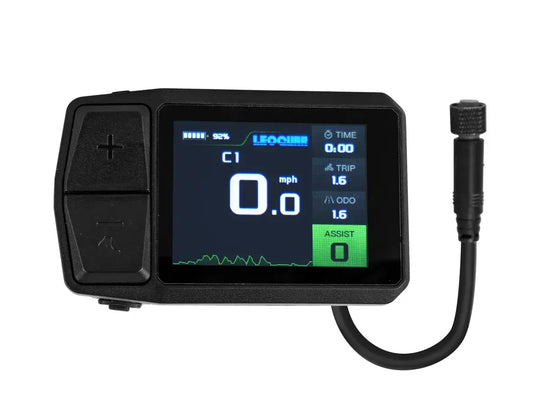
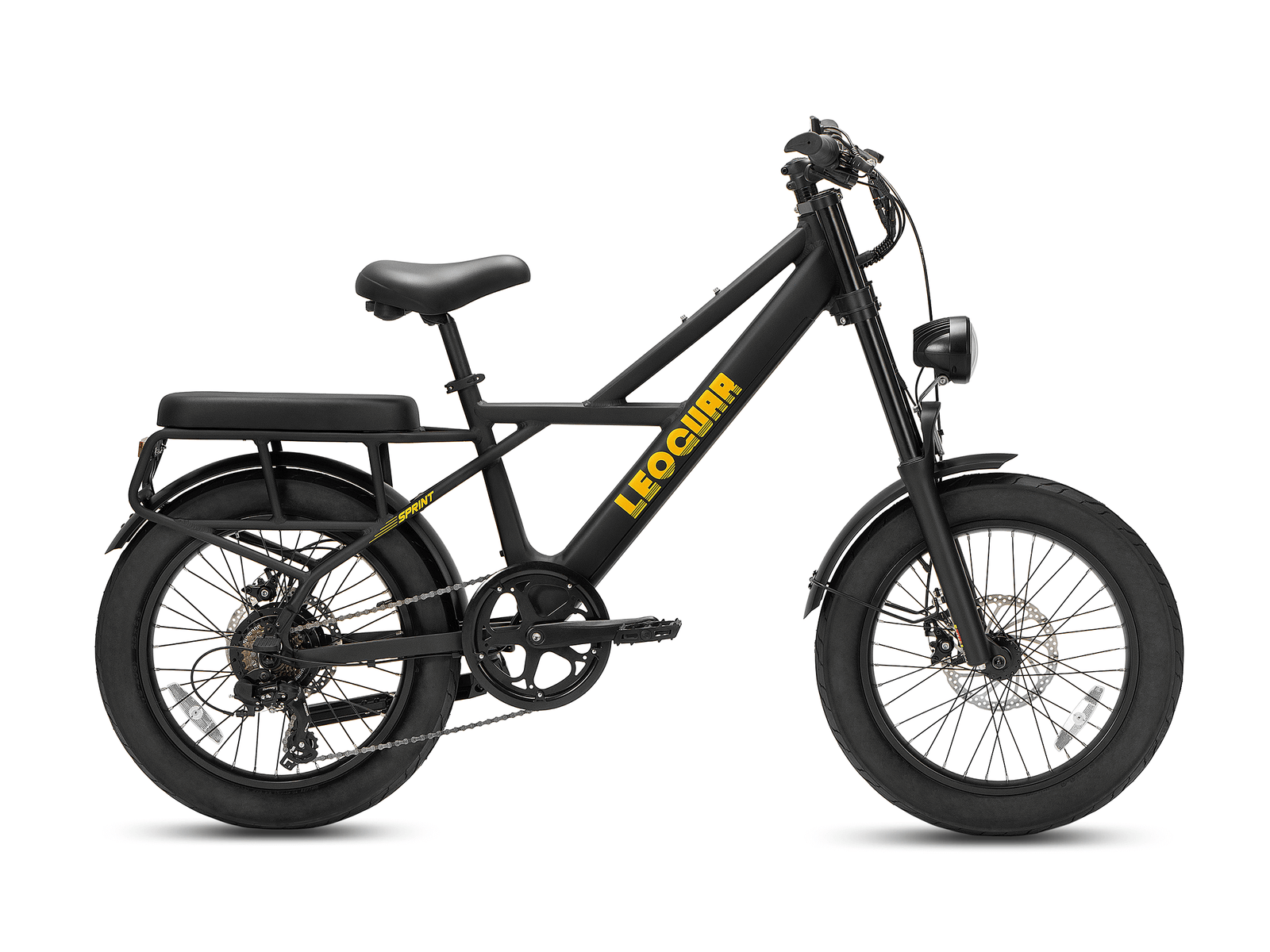








Leave a comment